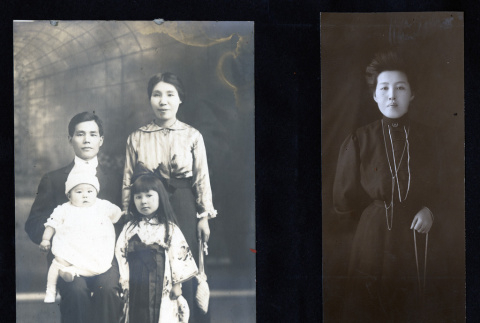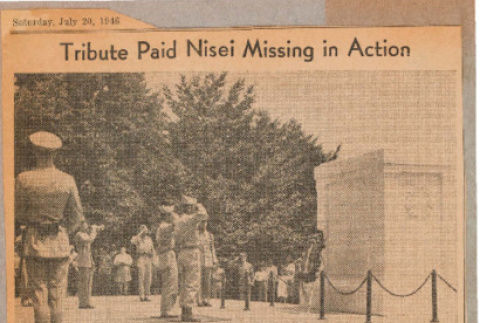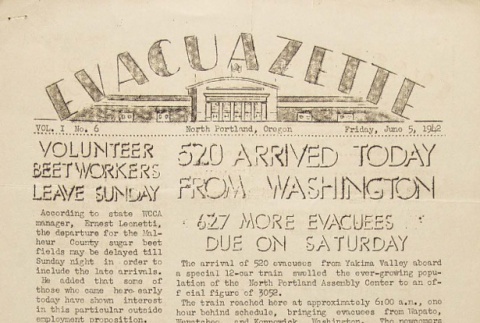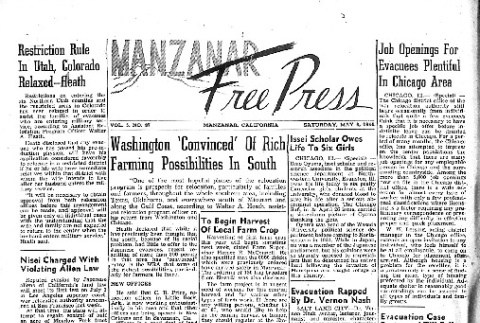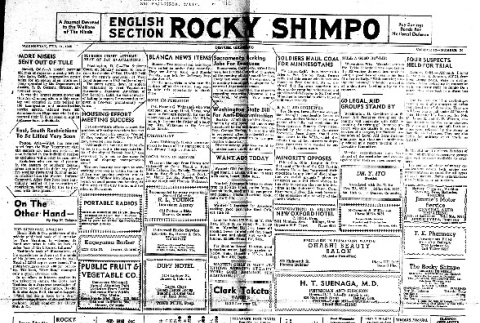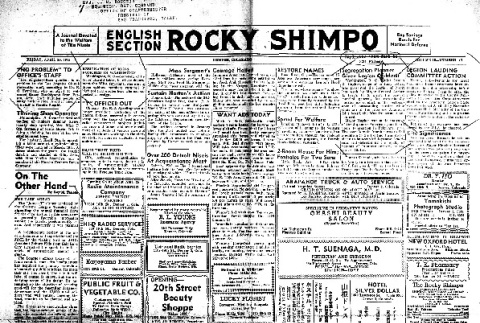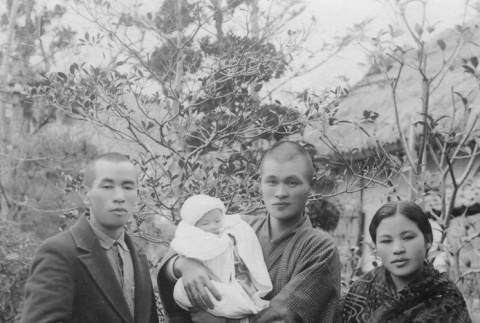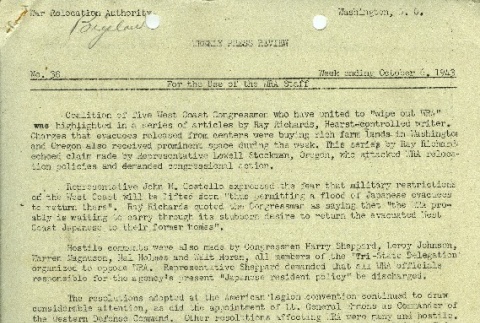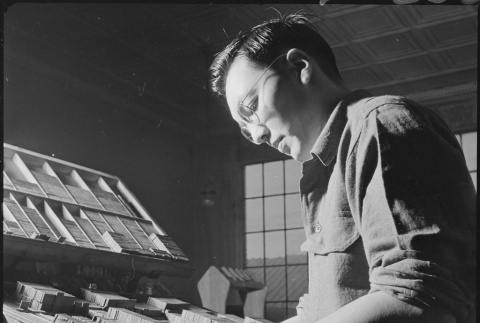3162 items
3162 items
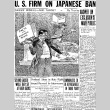
doc
U.S. Firm on Japanese Ban. Answer on Exclusion is Made Public. Washington Regards Incident as Closed by Hughes' Note Denying Violation of Treaties With Japan. (June 19, 1924) (ddr-densho-56-389)
The Seattle Daily Times, June 19, 1924, pp. 1, 13, 14
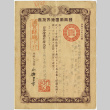
doc
Japanese Passport for Masa Kosai with stamps for entry at Seattle, Washington on October 23, 1918, January 21, 1921, February 10, 1926, September 21, 1938, May 18, 1941 (ddr-densho-349-46)
Original Japanese document and English and French translations
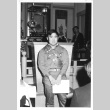
Collection
Magden Collection (ddr-densho-109)
These images were collected by Ron Magden, a prominent historian in the Pacific Northwest. The collection is comprised of photographs from the Tacoma/Fife area of Washington State. Densho interviewed Mr. Magden in 2004.

Narrator Karen Yoshitomi
Sansei female. Born 1962 in Spokane, Washington. Father was born in British Columbia, Canada, and mother was born in Thomas, Washington. Grew up in the Tacoma, Washington, area, before eventually moving to Portland, Oregon, and then Seattle, Washington. Graduated from the University of Washington. Became regional director for the Japanese American Citizens League, and then Executive …
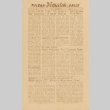
doc
Tulean Dispatch Vol. 6 No. 36 (August 27, 1943) (ddr-densho-65-287)
Selected article titles: "Relocation Staff to Leave the Middle of Next Week" (p. 1), "Farmers Meeting Tonite" (p. 1), "Tule Exchange Group Named" (p. 1), "At Camp Shelby: New Insignia For Combat Team" (p. 1), "Prospects For Relocation Encouraging in Washington D.C., Virginia, Maryland, Del." (p. 1), "Editorial Page: Rev. Kitagawa's Report" (p. 2), "In Relocating: …
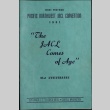
doc
"First Postwar Pacific Northwest JACL Convention 1951" (ddr-densho-201-464)
Program for the 1951 Pacific Northwest Japanese American Citizens League Convention. Title on cover: "First Postwar Pacific Northwest JACL Convention 1951; 'The JACL Comes of Age'; 21st Anniversary; September 1, 2, 3 - Bush Hotel - Seattle, Washington." Includes photographs, advertisements, schedules, a letter from William Devin, Mayor of Seattle, a letter from Harry Takagi, Pacific …

doc
U.S. Department of Justice Alien Enemy Questionnaire page 2 of 26. (ddr-one-5-121)
Photocopy of a declassified questionnaire used to determine if the person named is to be considered an enemy alien. This page covers questions 4 - 6a of 111. Dr. Koyama lists his names as "Kei, Koyama," Ken Koyäma," "Ken Keizaburo Koyama," and "Dr. Kei Koyama." He lists his time in the United States as living in …
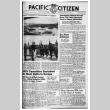
doc
The Pacific Citizen, Vol. 21 No. 15 (October 13, 1945) (ddr-pc-17-41)
Selected article titles: "Washington Official Reveals Some Tule Lake Segregees Seek to Regain Citizenship" (p. 1), "5333 Casualties Sustained By Nisei Units in Europe" (p. 1), "Letters to ACLU Say Tule Nisei Renounced Citizenship Privileges Under Duress" (p. 2), "Army Control Removed at Tule Lake Camp" (p. 2), "Disclose Many Nisei Caught By War in Japan …
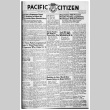
doc
The Pacific Citizen, Vol. 22 No. 23 (June 8, 1946) (ddr-pc-18-23)
Selected article titles: "California Supreme Court Hears Petition of Nisei GI To Set Aside Race Restrictions" (p. 1), "Deportation Will Proceed Despite Pending Legislation, Washington Officials Declare" (p. 1), "WRA Director Defends Agency Against Charge Evacuees 'Dumped' Into Winona Camp. Answers Inefficiency Statement Made by L.A. County Officials" (p. 2), "Evacuee Property in Seattle Will Be …
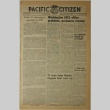
doc
Pacific Citizen, Vol. 46, No. 21 (May 23, 1958) (ddr-pc-30-21)
Select article titles: "Washington JACL office problems, pressures mooted" (p. 1); "Nisei nuclear physicist to lecture at Japan institute as Fulbright scholar" (p. 8) "Shutdown of claim offices in L.A., S.F. due; date unset" (p.8); "Wirin files suit to halt nuclear tests" (p.8)
Starting in No. 13, the volume number in the header changes from 46 …
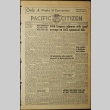
doc
Pacific Citizen, Vol. 43, No. 5 (August 3, 1956) (ddr-pc-28-31)
Selected article titles: "Wirin Honored by JACL for 25 Yrs. Work with ACLU" (p. 1), "84th Congress adjourns with 'good' average on JACL-sponsored bills" (p. 1), "Nisei candidate in Washington state primaries" (p. 1), "Arizona Nisei-Tended Farms Eyed by Tract Developers, Realtors" (p. 1), "Midwest sees more Nisei job opportunity, but better social outlets in California" …
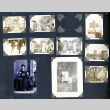
img
Japanese family (ddr-csujad-25-54)
A page from an album containing Japanese family photographs. The photographs pasted on the page appear to be taken in Washington in the early 1900s. Include Japanese men, women, and children. Also include the elk sculpture, Thompson Fountain in Portland, Oregon. See this object in the California State Universities Japanese American Digitization project site: jia_07_01_054
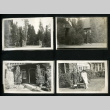
img
Japanese man (ddr-csujad-25-19)
A page from an album containing Japanese family photographs. Four photographs are pasted on the page. The photographs appear to be taken in Washington in the early 1900s. Include a Japanese man in suits, and a house. Also include male and female Caucasians. See this object in the California State Universities Japanese American Digitization project site: …
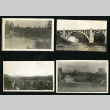
img
Railroad bridges (ddr-csujad-25-12)
A page from an album containing Japanese family photographs. Four photographs are pasted on the page. The photographs appear to be taken in Spokane Washington in the early 1900s. Include photographs of Monrore Street Bridge, Latah Bridge, and Spokane Riverfront Park. See this object in the California State Universities Japanese American Digitization project site: jia_07_01_012
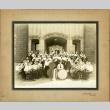
img
McCarver R (ddr-csujad-25-348)
A group photograph of music performers of Morton Matthew McCarver Middle School in Tacoma, Seattle. The photograph is taken by A. B. Read Photo Studio in Tacoma, Washington in front of the school building in June 1937. Inscription reads: Read a3555. See this object in the California State Universities Japanese American Digitization project site: jia_12_010
![Haruhara Saiho Gakko doso kyuyu shusai Kason Biyoin Incho Yanagimura Masaji-joshi kangeikai kinen [= Commemorative photograph of a welcoming party for Ms. Masaji Yanagimura, Carson Beauty Salon Manager, hosted by Haruhara Sewing School Alumni] (ddr-csujad-25-335)](https://ddr.densho.org/media/cache/9c/60/9c607bbce6c548a86b03c26476e9a80b.jpg)
img
Haruhara Saiho Gakko doso kyuyu shusai Kason Biyoin Incho Yanagimura Masaji-joshi kangeikai kinen [= Commemorative photograph of a welcoming party for Ms. Masaji Yanagimura, Carson Beauty Salon Manager, hosted by Haruhara Sewing School Alumni] (ddr-csujad-25-335)
A group photograph of the attendees of the welcoming party for Ms. Yanagimura Masaji, Carson Beauty Salon manager, held by Haruhara Sewing School alumni on October 21, 1934. The photograph is taken by "Takano Studio," a photo studio in Seattle, Washington. See this object in the California State Universities Japanese American Digitization project site: jia_11_01_005
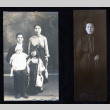
img
Japanese family (ddr-csujad-25-28)
A page from an album containing Japanese family photographs. Two photographs are pasted on the page. Both photographs appear to be taken in Washington in the early 1900s. Include a family portrait and a portrait of a Japanese woman in western dress. See this object in the California State Universities Japanese American Digitization project site: jia_07_01_028
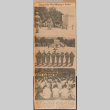
doc
Tribute paid Nisei missing in action (ddr-csujad-49-240)
Newspaper clipping on Nisei from the 442nd Regimental Combat Team paying tribute to those missing action with a tribute at the Tomb of the Unknown Soldier in Washington, D.C. An item from: pages 116-117 of the Sue Kato scrapbook (gfb_skc_001). See this object in the California State Universities Japanese American Digitization project site: 2019_002_001_073_02
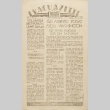
doc
North Portland Evacuazette Vol. I No. 6 (June 5, 1942) (ddr-densho-120-4)
Selected article titles: "Volunteer Beet Workers Leave Sunday" (p. 1), "Graduation Wednesday" (p. 1), "520 Arrived Today From Washington. 627 More Evacuees Due on Saturday" (p. 1), "2000 Persons Attend Show" (p. 1), "'Hi Neighbor' Jig This Sat!" (p. 3), "Shower Schedule" (p. 3), "Hospital Adds New Mess Hall" (p. 3), "Mattresses Available" (p. 3), "500 …
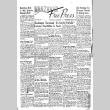
doc
Manzanar Free Press Vol. 5 No. 37 (May 6, 1944) (ddr-densho-125-234)
Selected article titles: "Restriction Rule in Utah, Colorado Relaxed -- Heath" (p. 1), "Nisei Charged With Violating Alien Law" (p. 1), "Washington 'Convicted' of Rich Farming Possibilities in South" (p. 1), "Kuroki Welcomed at Heart Mountain" (p. 1), "Job Openings for Evacuees Plentiful in Chicago Area" (p. 1), "Evacuation Case Postponed Till Fall" (p. 1), "More …
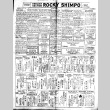
doc
Rocky Shimpo Vol. 12, No. 20 (February 14, 1945) (ddr-densho-148-109)
Selected article titles: "More Niseis Sent Out of Tule"; "East, South Restrictions to be Lifted Very Soon"; "On the Other Hand"; "Supreme Court Affirms Okay of Jap Evacuations"; "Housing Effort Meeting Success"; "Blanca News Items"; "Sacramento Seeking Jobs for Evacuees"; "Washington State Bill for Anti-Discrimination"; "Want Ads Today"; "Soldiers Haul Coal for Minnesotans"; "R.F.C. Aid Suggested"; …
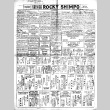
doc
Rocky Shimpo Vol. 12, No. 48 (April 20, 1945) (ddr-densho-148-137)
Selected article titles: "'No Problem' to Office's Staff"; "Thriving Shop Operator"; "On the Other Hand"; "Resignation of Ickes Rumored in Washington"; "'Y' Officer Out"; "$16,800 Trust Fund Will be Re-Distributed"; "Mess Sergeant's Courage Hailed"; "Sustain Horton's Action"; "Over 200 Detroit Niseis at Acquaintance Meet"; "Want Ads Today"; "Restore Names"; "Spend for Welfare"; "2-Room House for Him; …
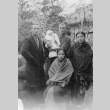
img
Family photograph (ddr-densho-154-1)
Photo donor's aunt, Masako Nakagawa, pictured with husband Masato, holding their infant daughter Seiko. Also in the photograph are Masako's uncle and aunt, the Yamasakis. Masako was born in Seattle, Washington, but was sent back to Japan at a young age and never returned to the U.S. She died of disease in Hiroshima during World War …
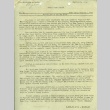
doc
Weekly Press Review No. 38 (ddr-densho-156-350)
Original summary excerpt: Coalition of five West Coast Congressmen who have united to "wipe out WRA" was highlighted in a series of articles by Ray Richards, Hearst-controlled writer. Charges that evacuees released from centers were buying rich farm lands in Washington and Oregon also recevied prominent space during the week. This series by Ray Richards echoed …
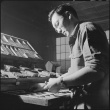
img
Japanese American working on camp newspaper (ddr-densho-37-460)
Original WRA caption: Heart Mountain Relocation Center, Heart Mountain Wyoming. In the press room of the Cody Enterprise, Bill Hosokawa, Editor of the Sentinel, Heart Mountain Relocation Center newspaper, sets type for the final makeup of the weekly edition. Bill, a former foreign correspondent and Washington U. graduate, sets type, pulls proofs, operates the linotype, locks …
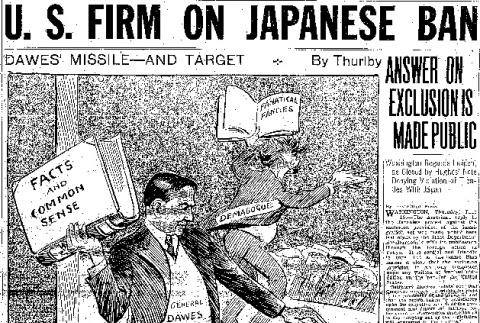
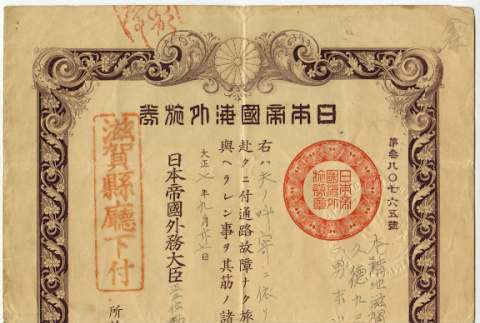
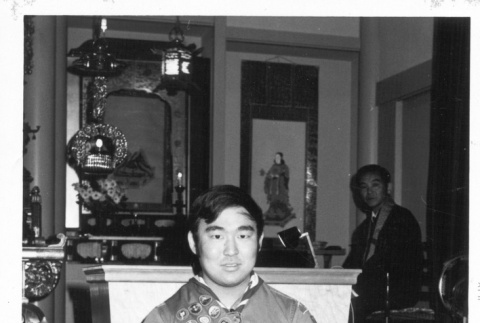
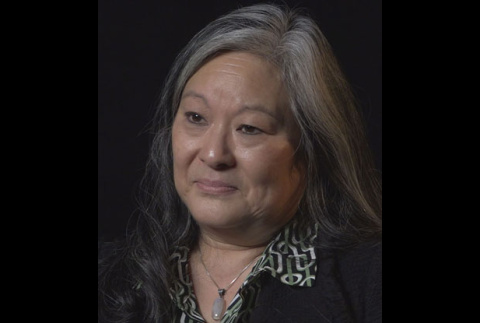
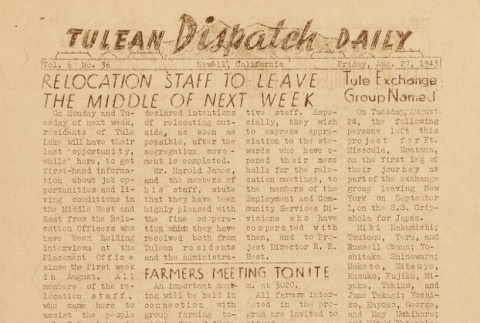
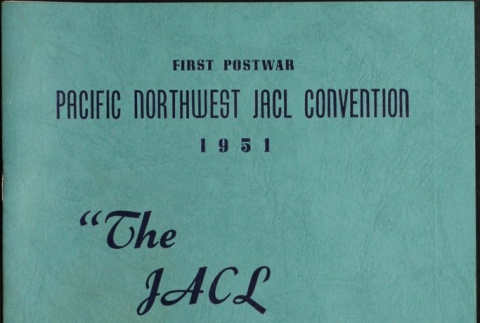
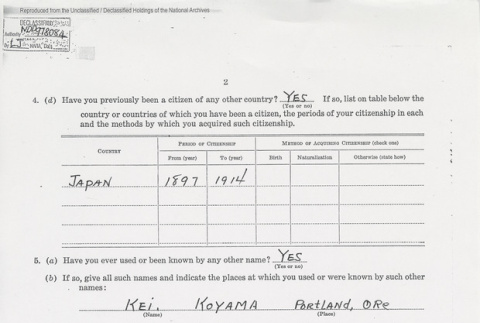
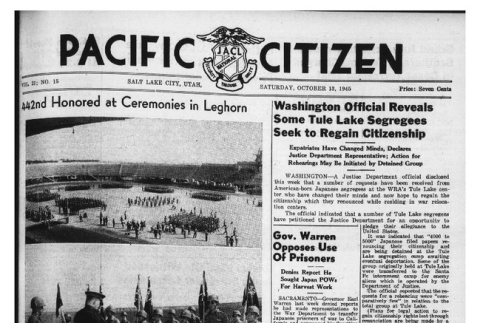
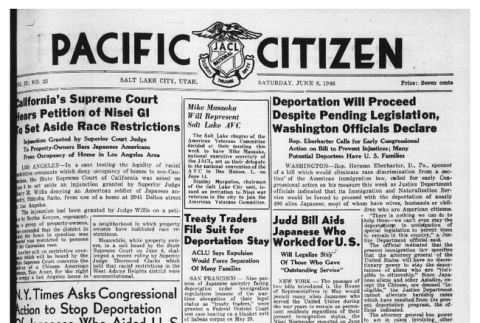
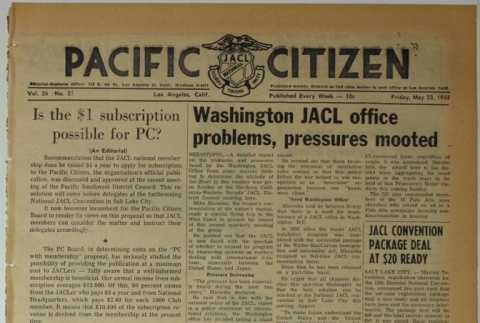
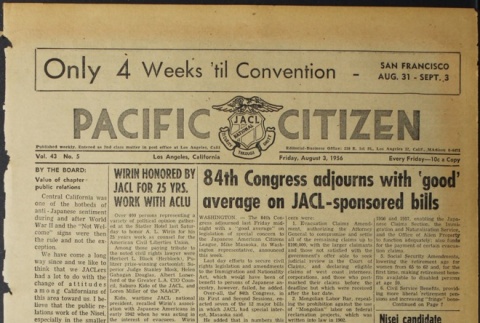
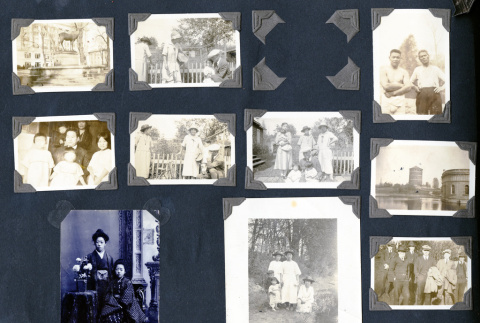
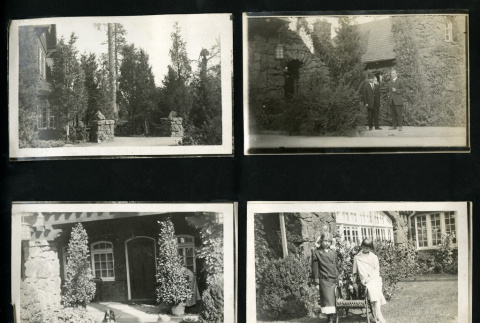
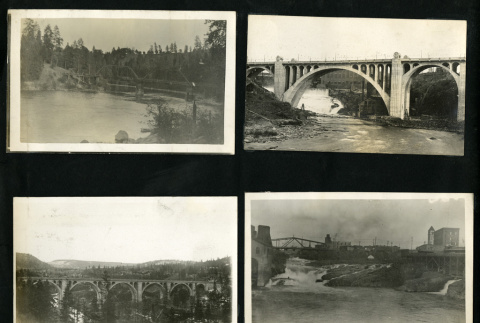
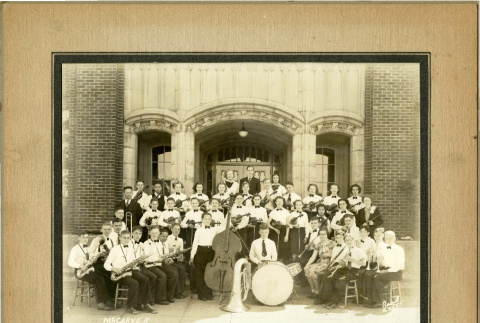
![Haruhara Saiho Gakko doso kyuyu shusai Kason Biyoin Incho Yanagimura Masaji-joshi kangeikai kinen [= Commemorative photograph of a welcoming party for Ms. Masaji Yanagimura, Carson Beauty Salon Manager, hosted by Haruhara Sewing School Alumni] (ddr-csujad-25-335)](https://ddr.densho.org/media/cache/f1/ef/f1efd21659837e64863b88803267ea93.jpg)
